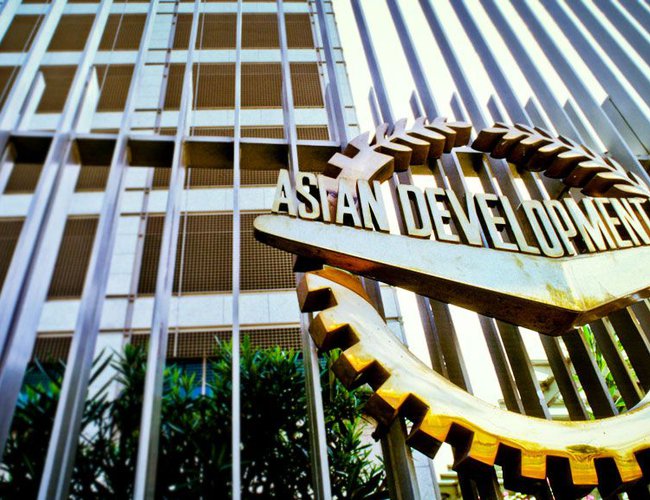
Nepal’s economy is anticipated to grow by 4.1% (at market prices) in fiscal year (FY) 2022, up from an estimated growth of 2.3% in FY2021, says the latest Asian Development Outlook (ADO) 2021 Update, a flagship publication of the Asian Development Bank (ADB).
“Growth will largely be supported by the ongoing vaccination campaign against COVID-19 as the national immunization plan remains key to Nepal’s economic recovery,” said ADB Country Director for Nepal Arnaud Cauchois. “Downside risks include the uncertain trajectory of COVID-19, a possible surge in COVID-19 cases, and subsequent strict containment measures, which could reverse the gradual economic recovery in FY2021.”
According to the report, growth in Nepal’s agriculture will likely be boosted by increased paddy plantation amid abundant rainfall this monsoon season. Industry output is expected to grow, thanks to a large increase in export volume and stronger domestic demand, as rollout of the national vaccination plan will reduce infection rates over time.
The government’s fiscal policy for 2022 largely focuses on strengthening the nation’s health care system. Monetary policy will remain accommodative through a dedicated refinancing facility, concessional lending for priority projects and for affected businesses. Growth in services will accelerate because of increased economic activities in the wholesale and retail trade, transport, and financial services along with the vaccine rollout nationwide.
International tourism arrivals, which declined by 80.8% in 2020, may gradually recover, as trekking routes and expeditions resume. Hotels and restaurants, travel, and tourism will likely take more time to recover to pre-pandemic level until the sustained containment of COVID-19.
The report says the country’s inflation will rise modestly to 5.2% in FY2022, up from the projected 3.6% in FY2021, due to higher global oil prices and a gradual recovery in domestic demand.
Growth in non-oil imports will likely remain high in FY2022, as investments rise on the gradual revival of the economy. On the other hand, growth in oil imports may be slow, because an increase in hydroelectricity generation may partially offset a rise in fossil fuel consumption. Even with continued strong growth in exports and remittances, the current account deficit will remain high, at an estimated 5.0% of GDP, though down from 8.0% a year earlier.
Other downside risks include natural hazards such as erratic monsoons and floods, which could reduce farm output and damage infrastructure. Heavy rainfall since mid-June 2021 has triggered landslides and floods and led to the loss of lives and livelihoods in some mountainous districts of Nepal.
The report says fiscal spending by provincial and local governments can be improved if they address the persistent capacity deficiencies in investment planning, financial management, project readiness, procurement, and contract management.
This report forecasts growth in developing Asia of 7.1% in 2021 and 5.4% in 2022 in an uneven recovery caused by divergent growth paths. Its theme chapter explores sustainable agriculture.
Growth forecasts are revised up for East Asia and Central Asia from the projections made in April, but down for South Asia, Southeast Asia, and the Pacific. This reflects differences in vaccination progress and control of domestic COVID-19 outbreaks but also other factors, including rising commodity prices and depressed tourism. Inflation is expected to remain under control. The main risks to the economic outlook come from the COVID-19 pandemic, including the emergence of new variants, slower-than-expected vaccine rollouts, and waning vaccine effectiveness.
Sustainable food production and agricultural systems that are resilient to climate change will be crucial for developing Asia. To transform agriculture in the region, its economies must tackle challenges from changing consumer demand, changing demographics, and a changing and more fragile environment.
Inflation in developing Asia is projected at 2.2% this year and 2.7% in 2022 - ADB Report
ADB is committed to achieving a prosperous, inclusive, resilient, and sustainable Asia and the Pacific, while sustaining its efforts to eradicate extreme poverty. Established in 1966, it is owned by 68 members—49 from the region.
- FOREIGN EXCHANGE: Largest Deposit
- Jul 22, 2024
- IMF: Approval Of SDR
- Jul 22, 2024
- NEPAL-KOREA RELATIONS: Fifty-Years Of Warm Relations
- May 31, 2024
- NEPAL-BRITAIN: Centenary Celebration
- May 31, 2024
- POLITCS: Forming New Alliances
- May 27, 2024
















